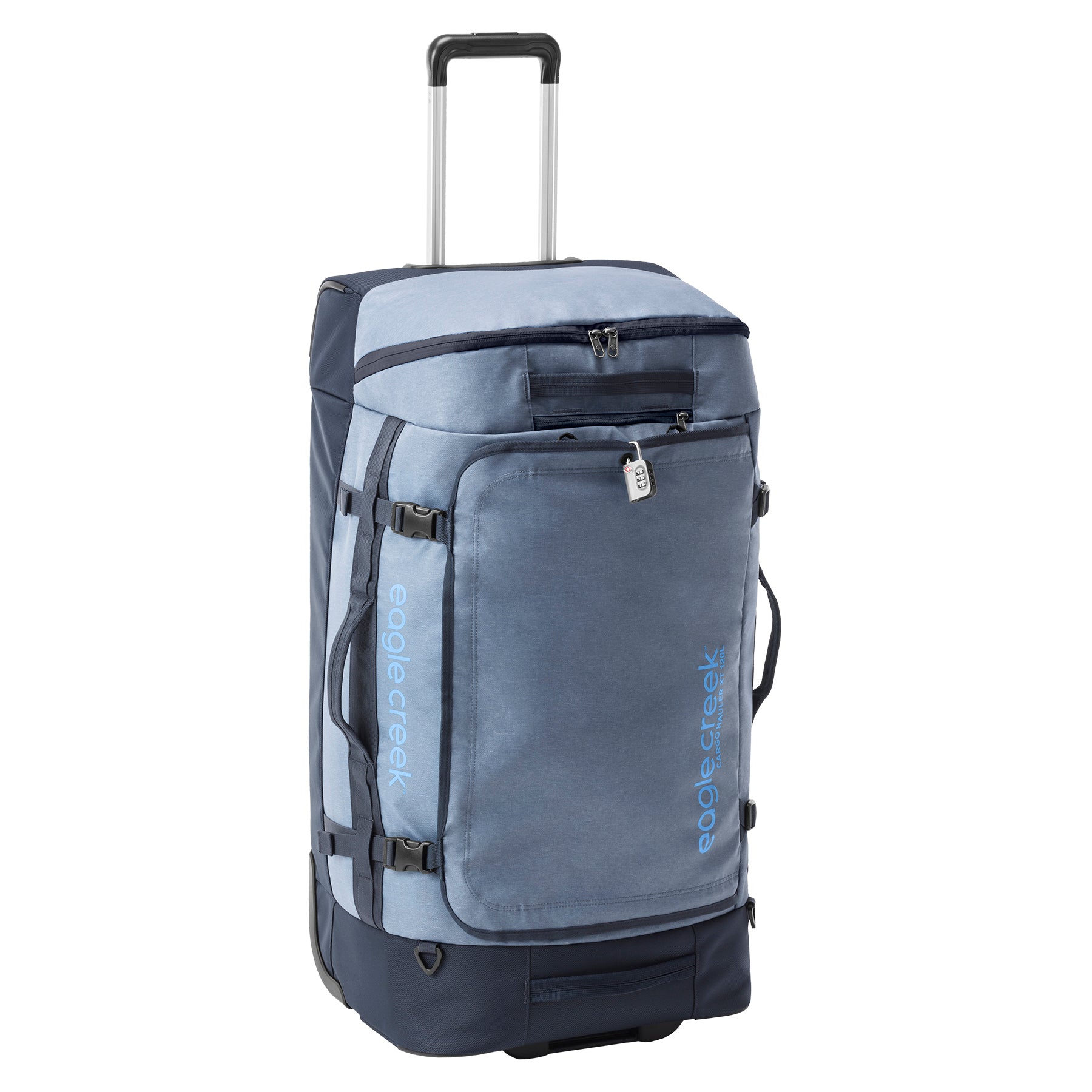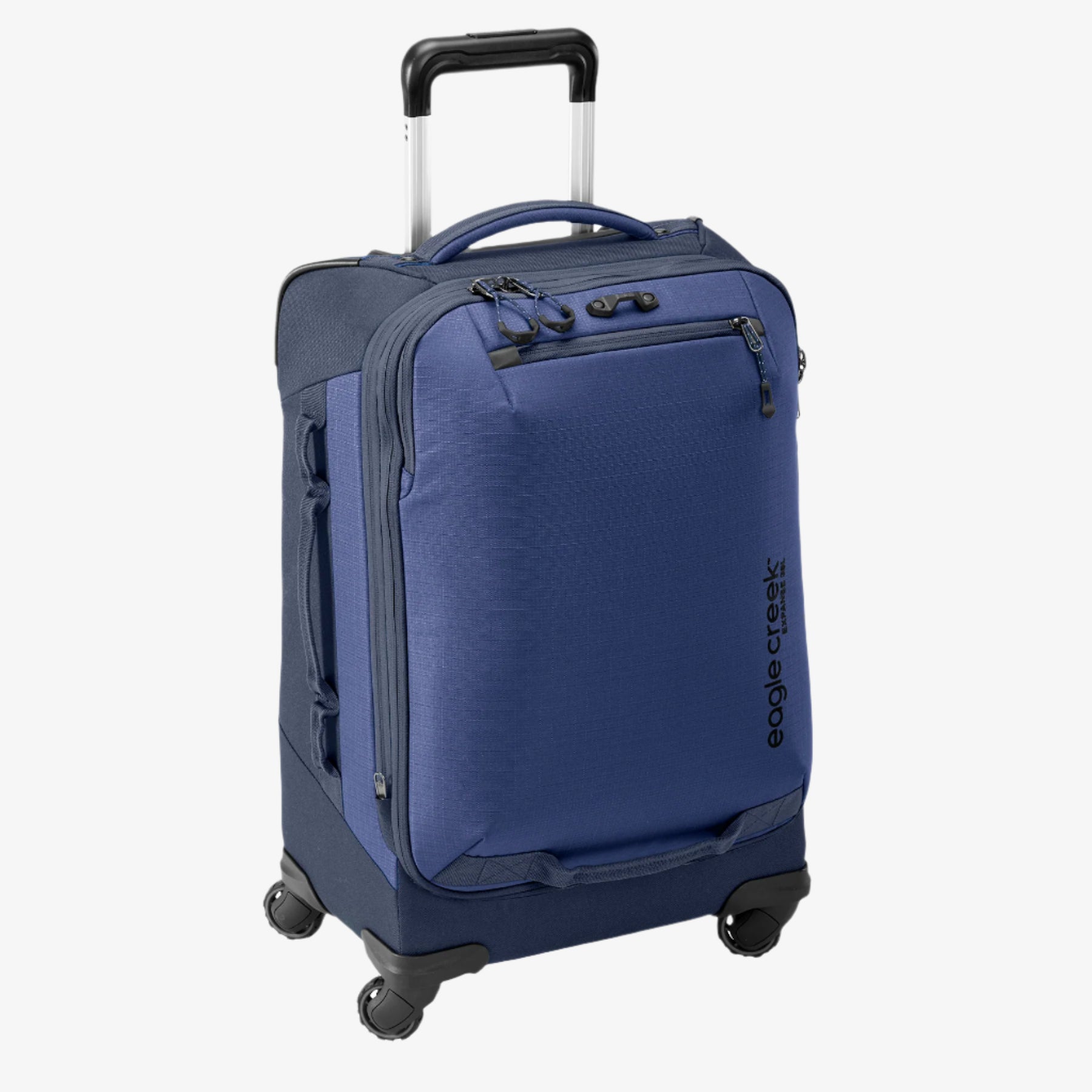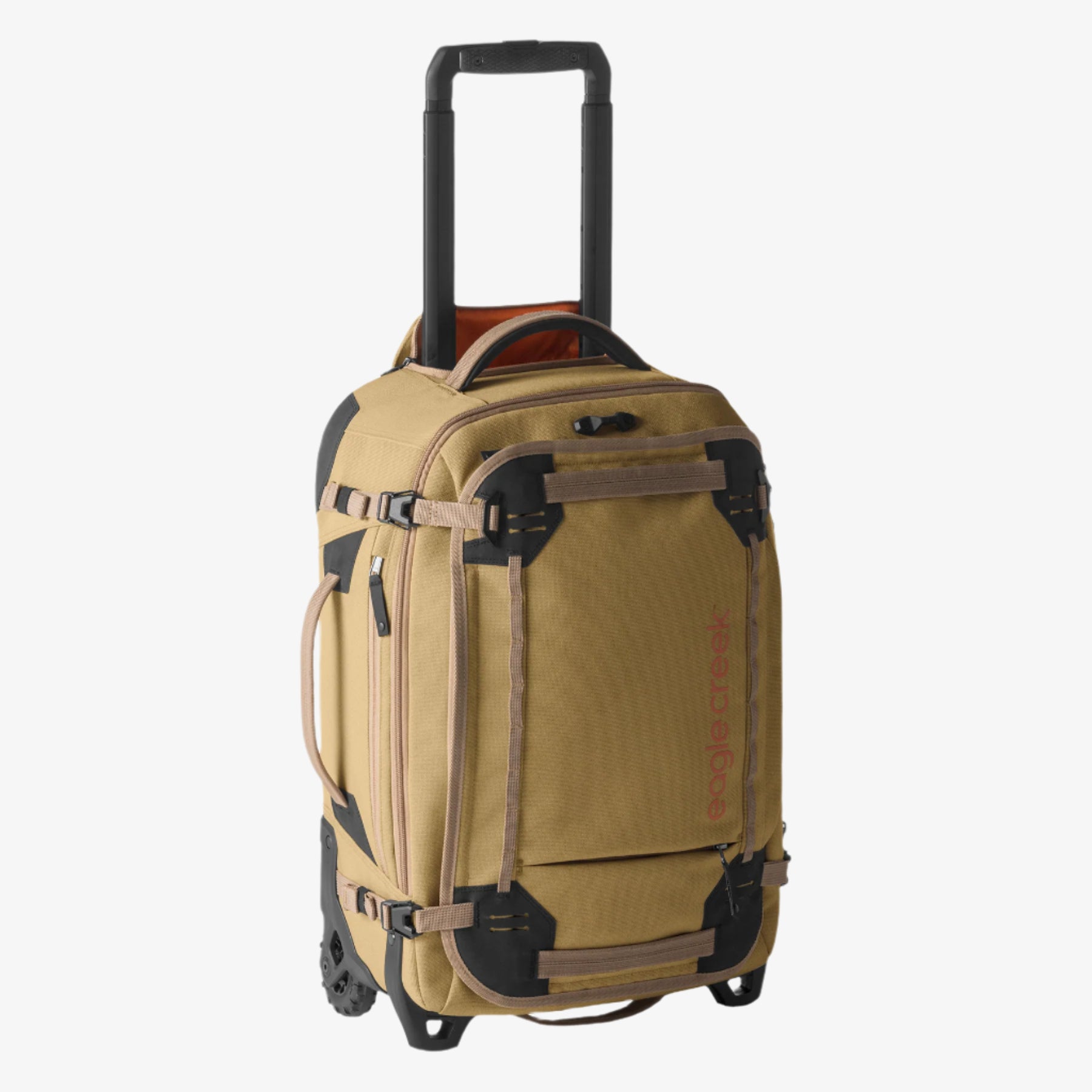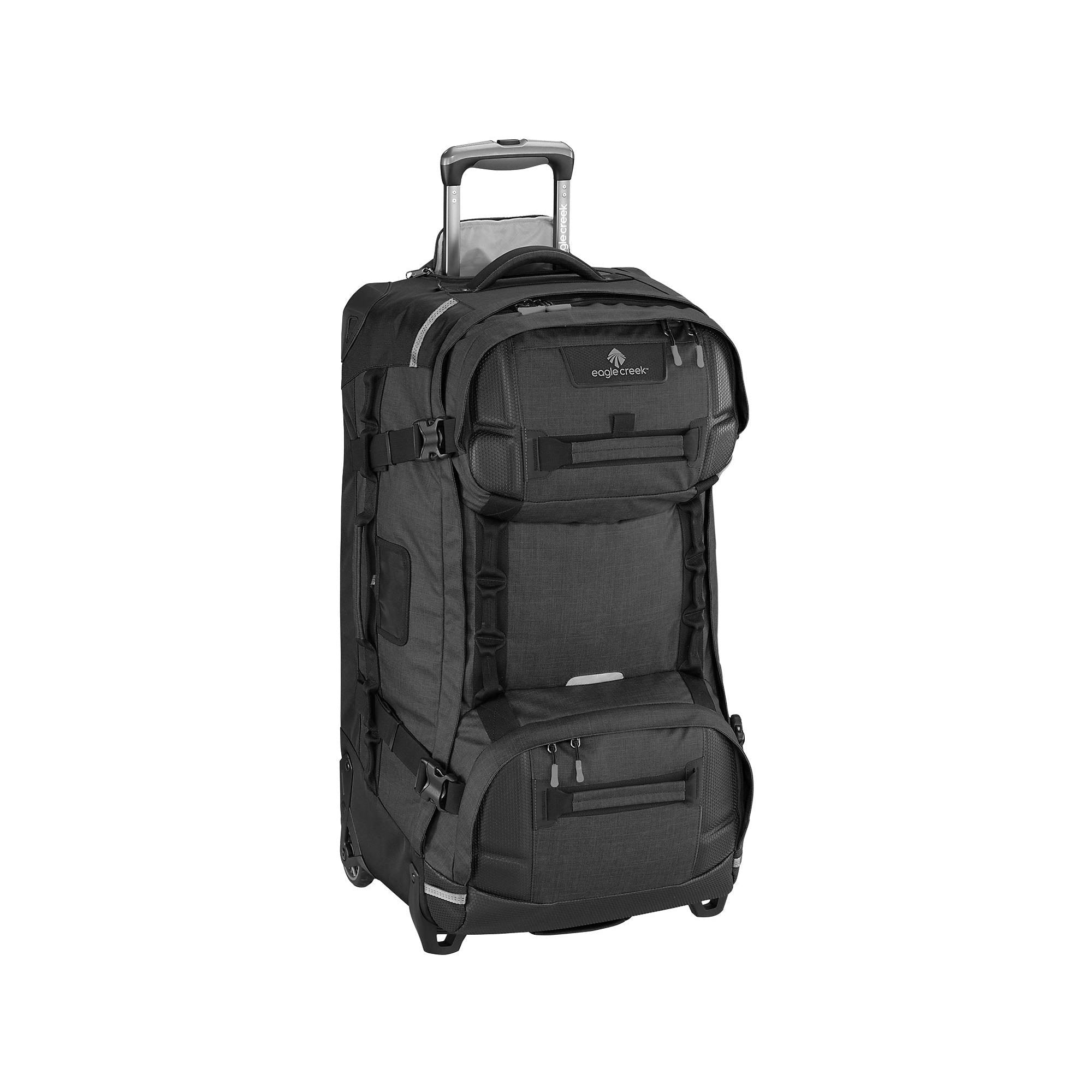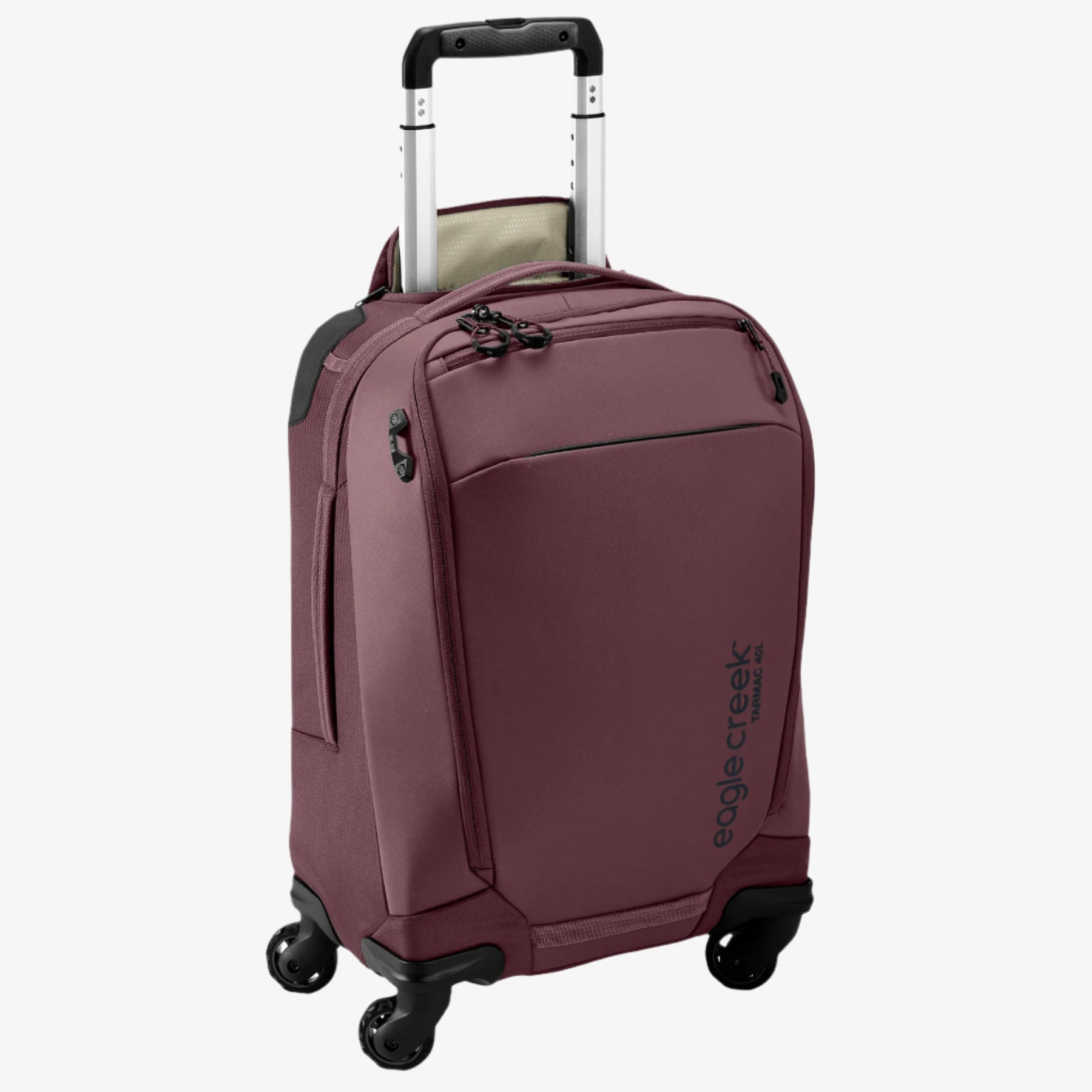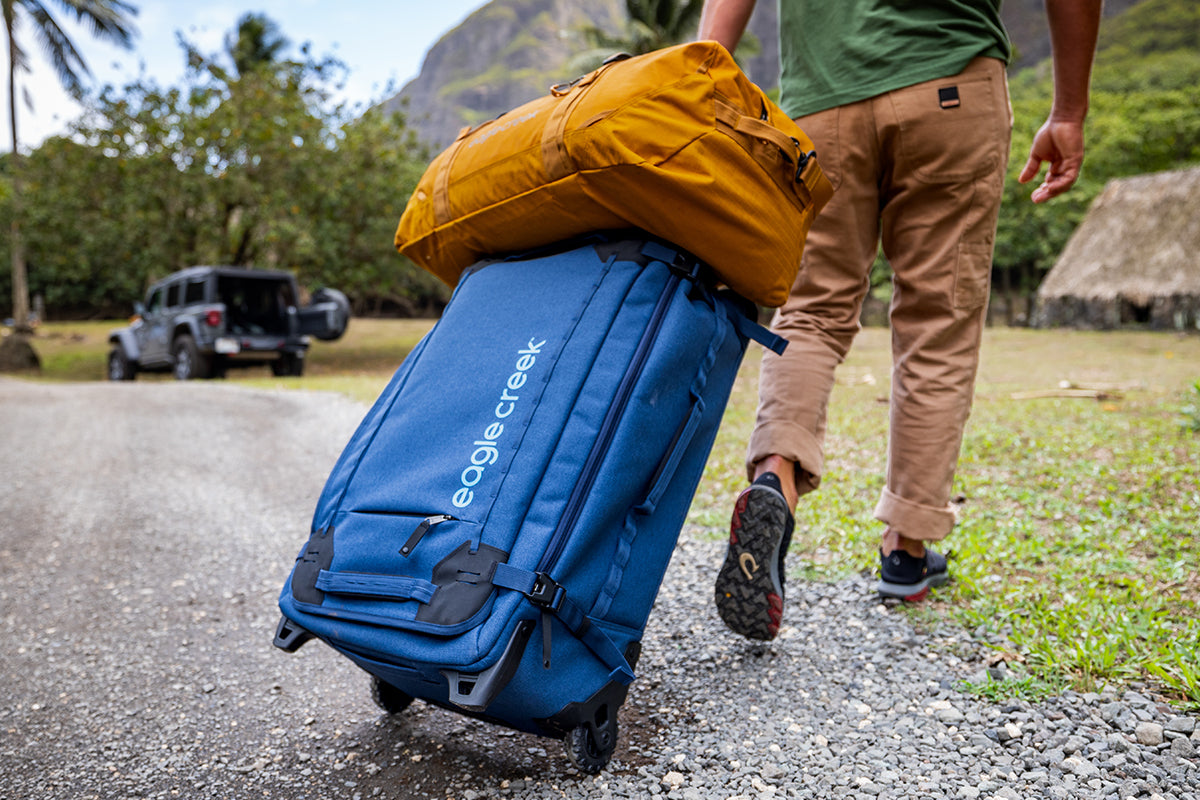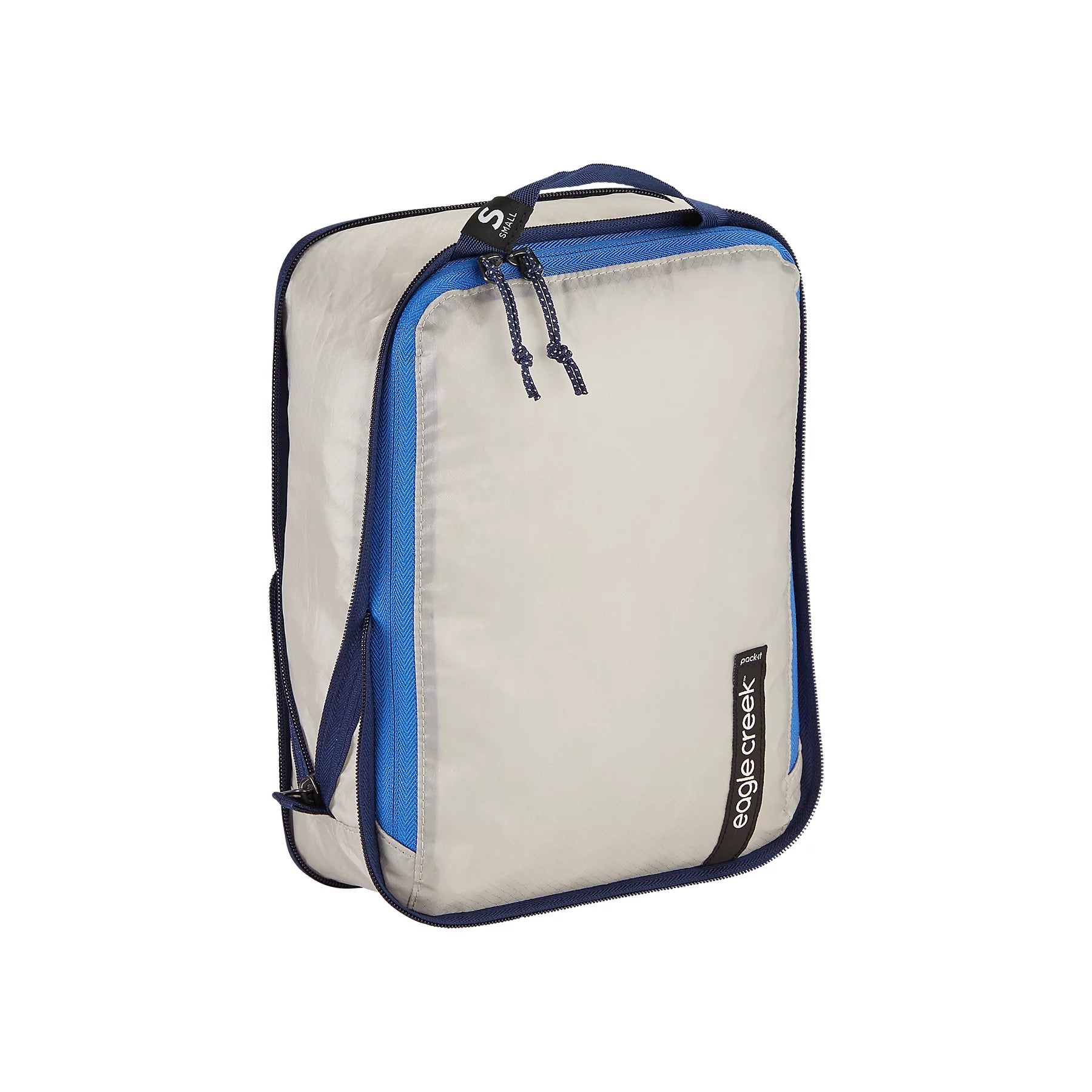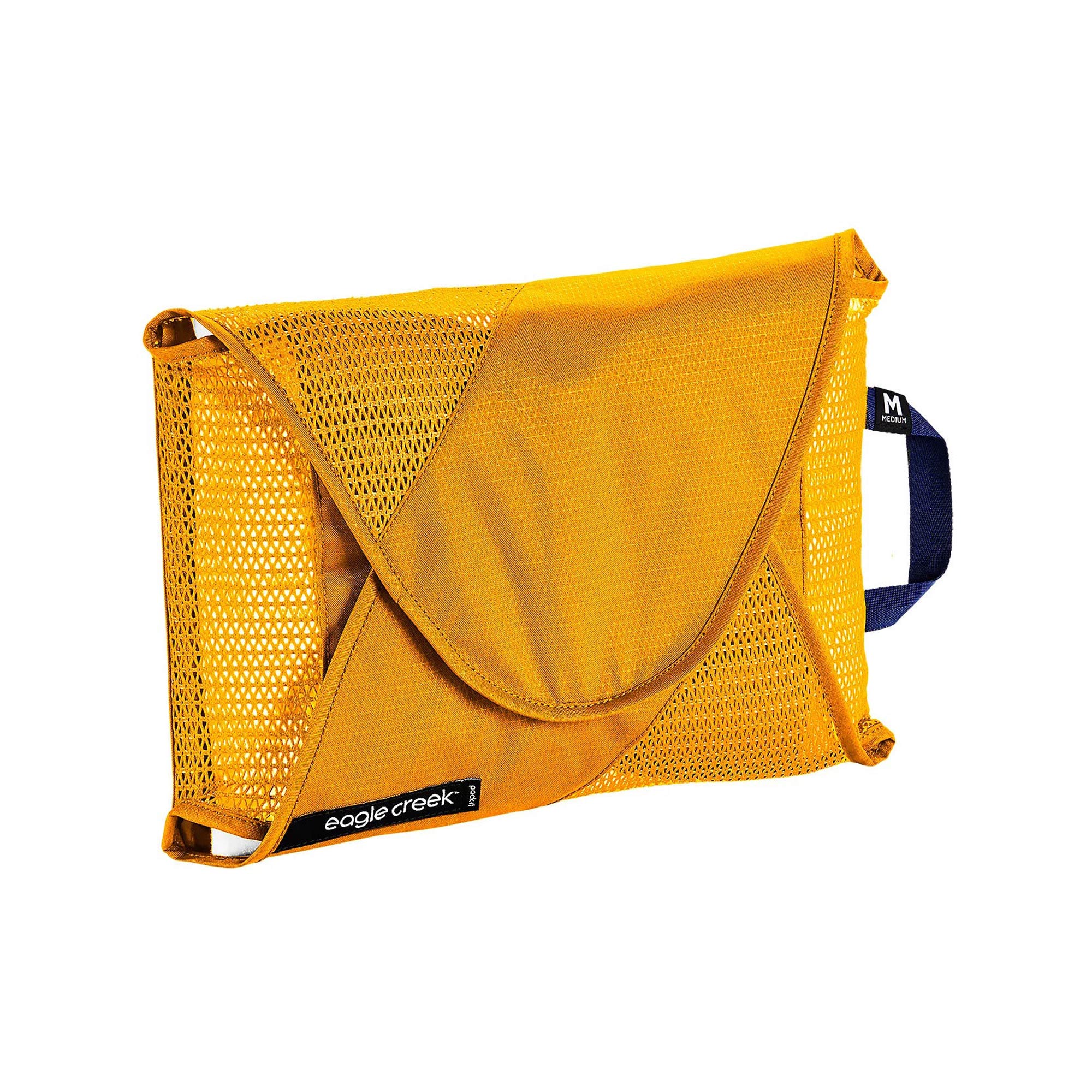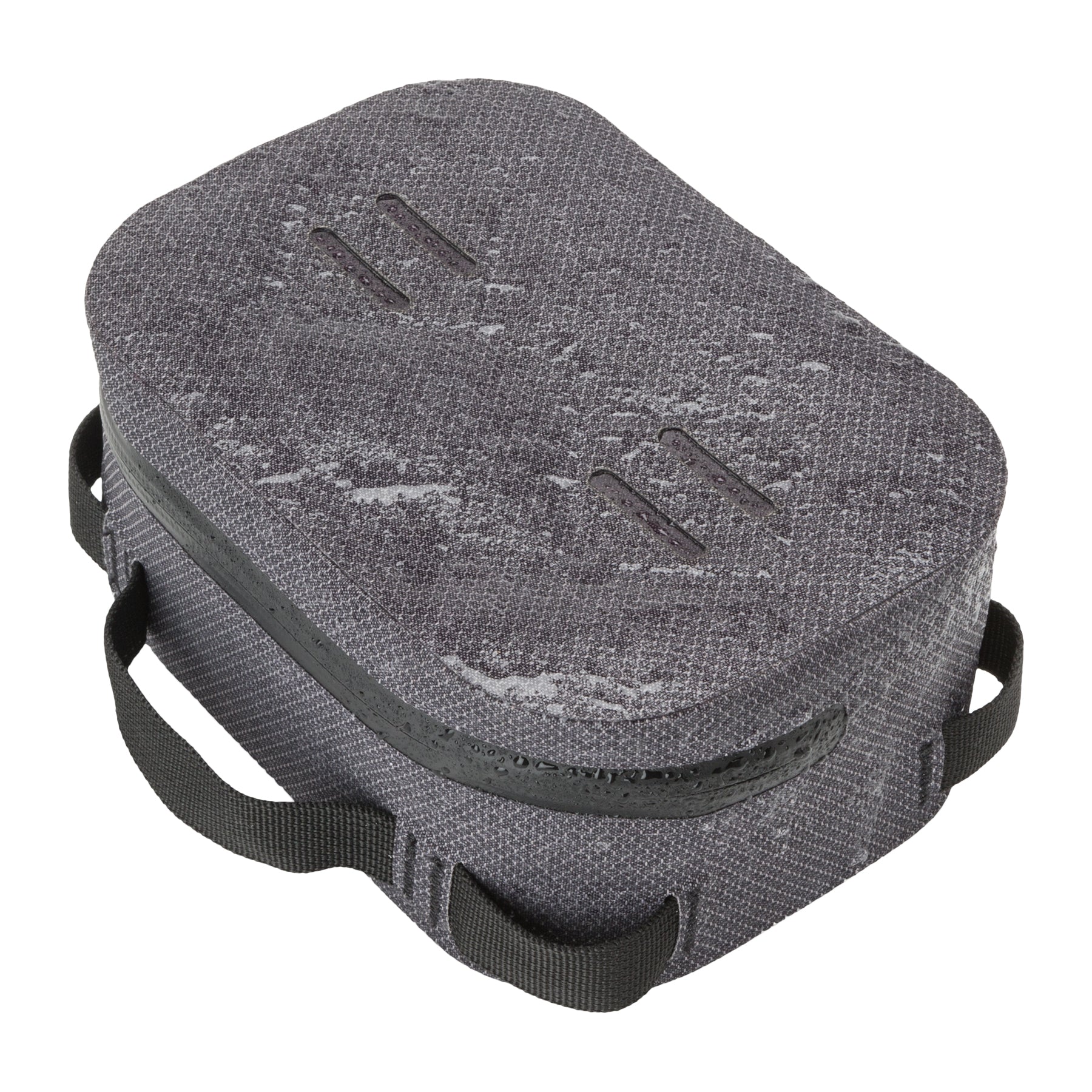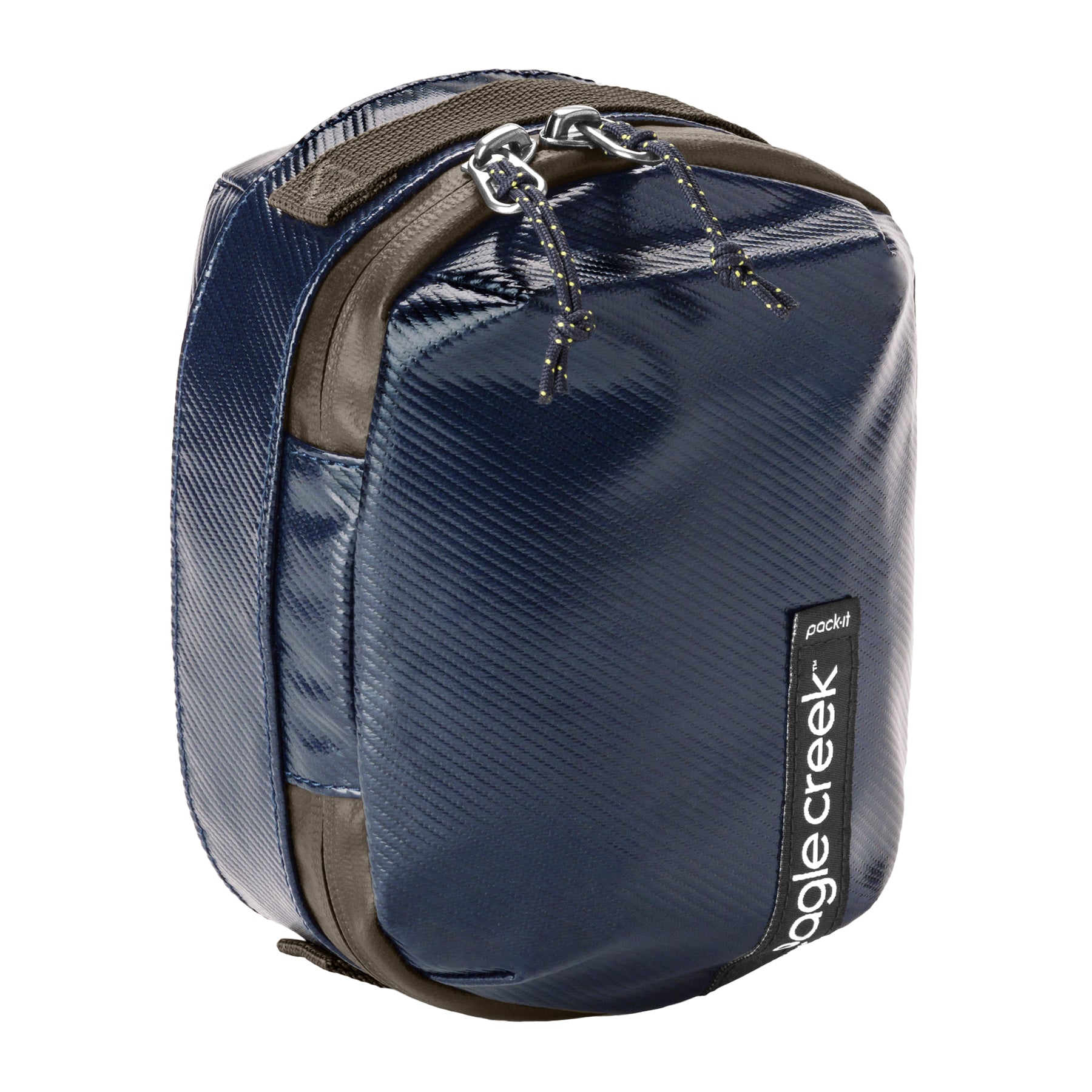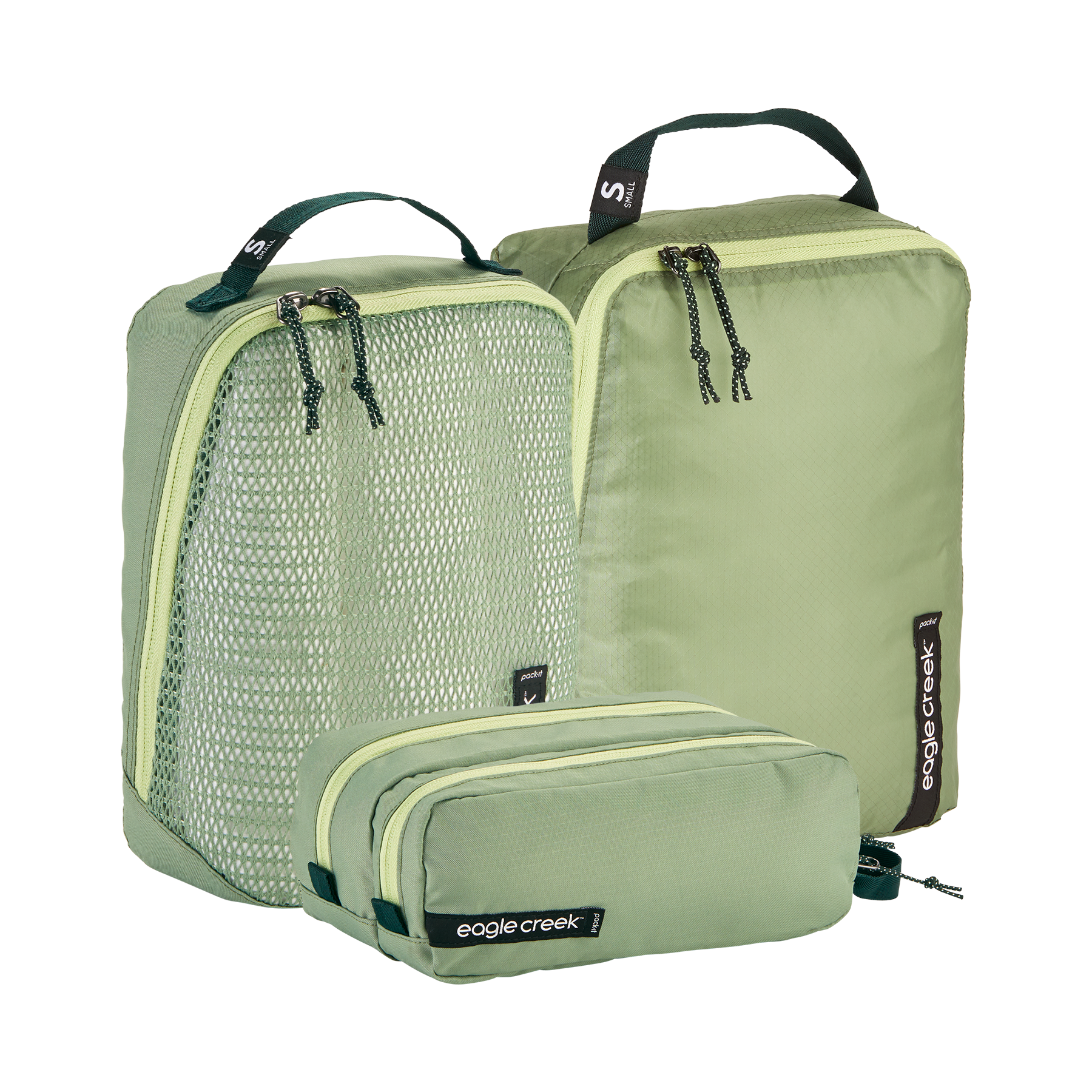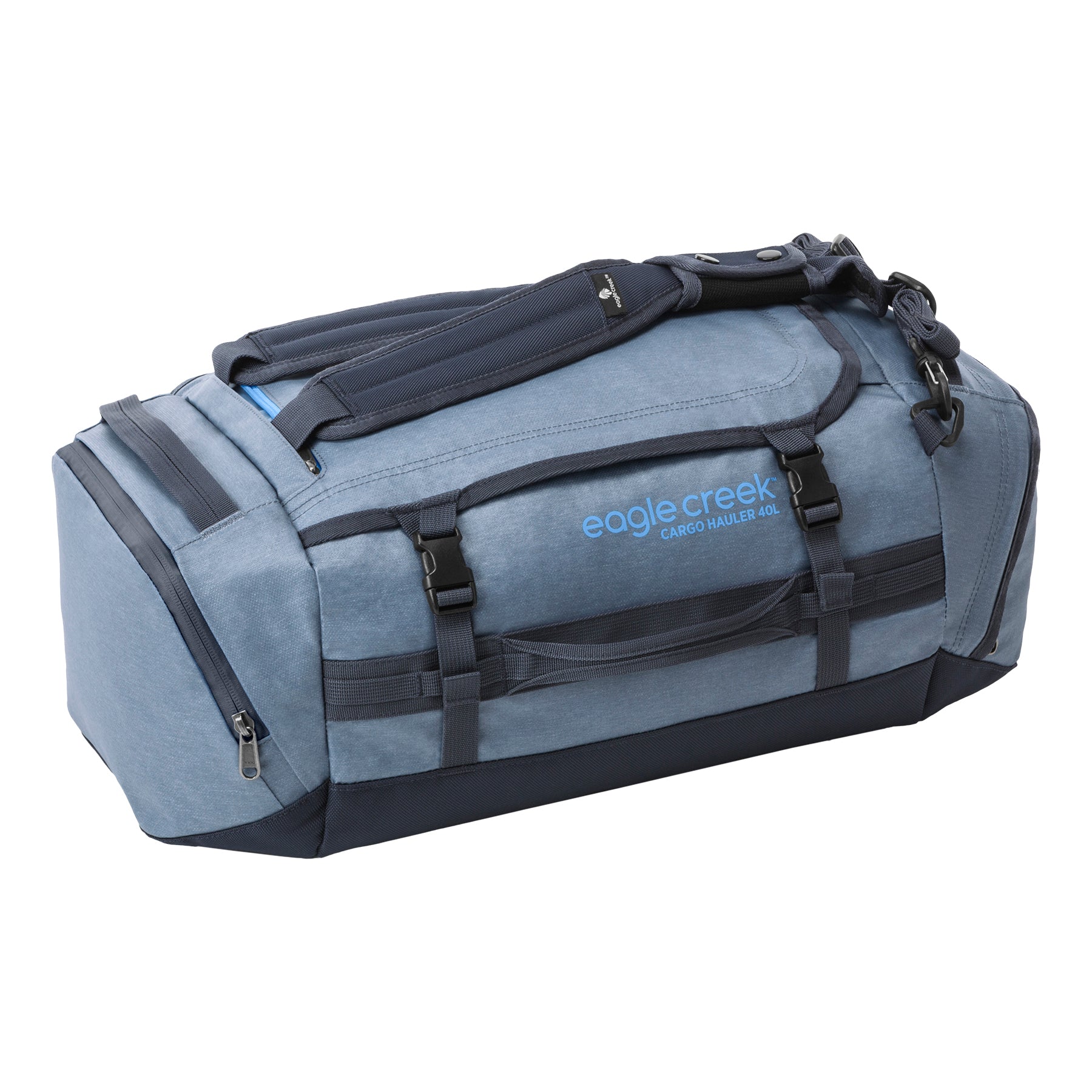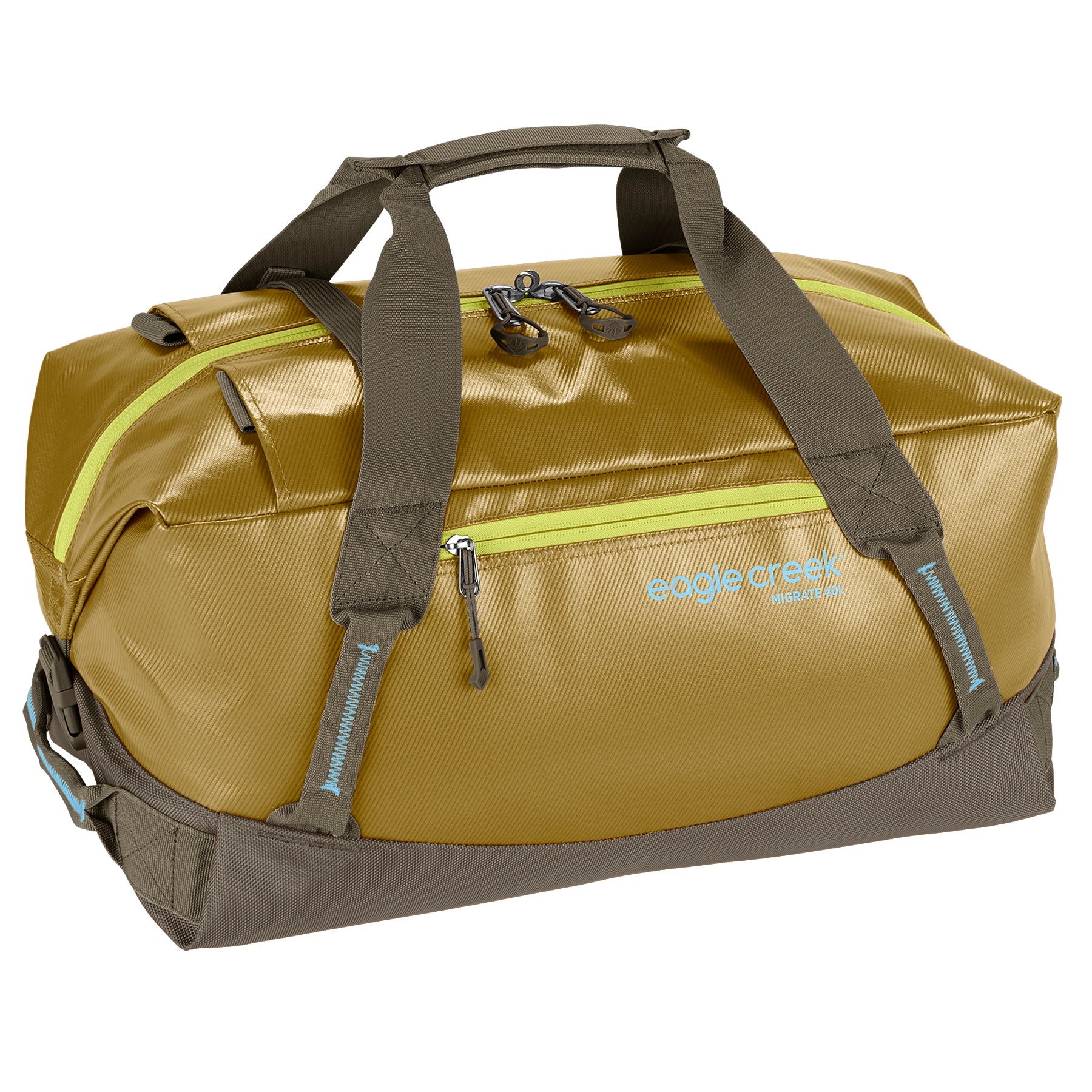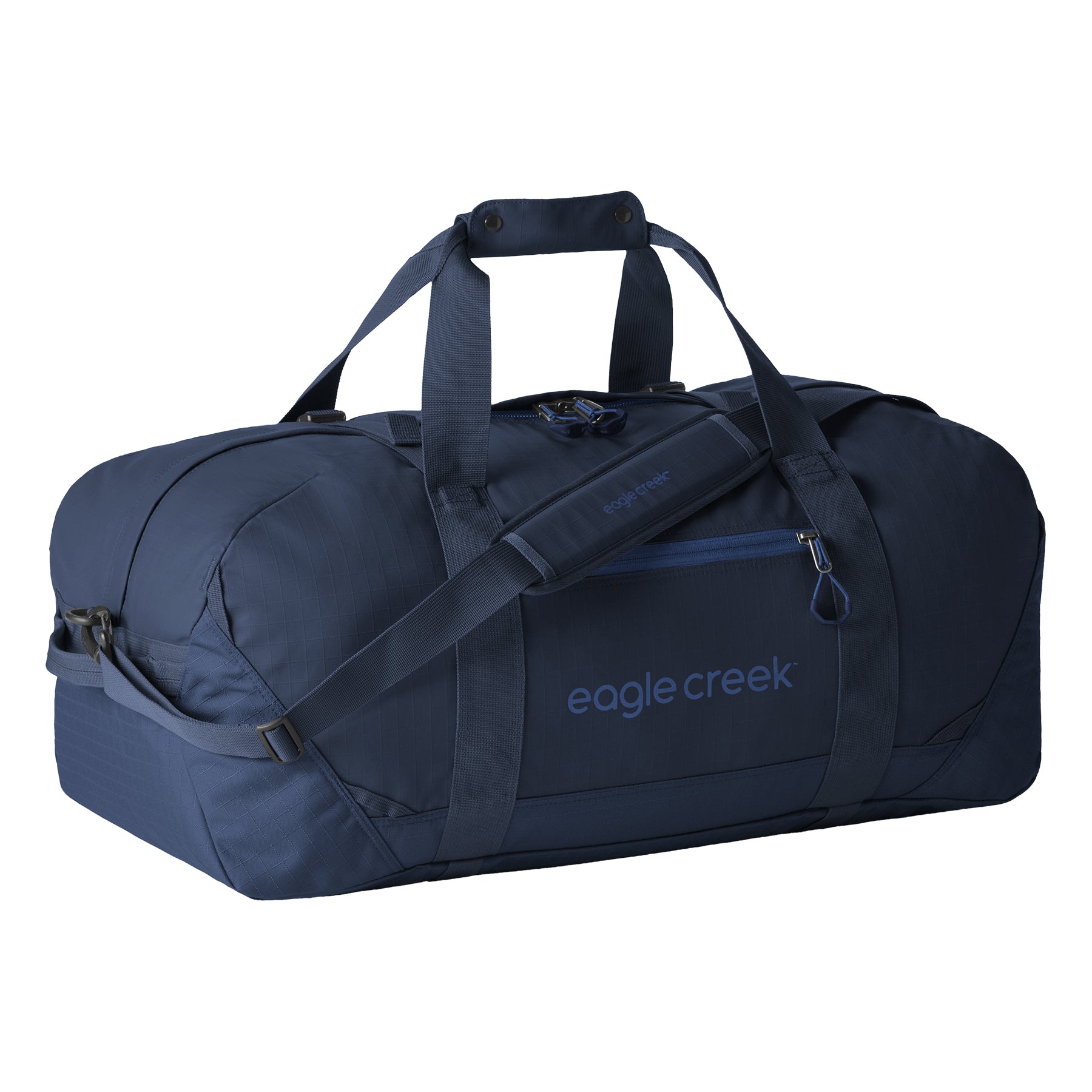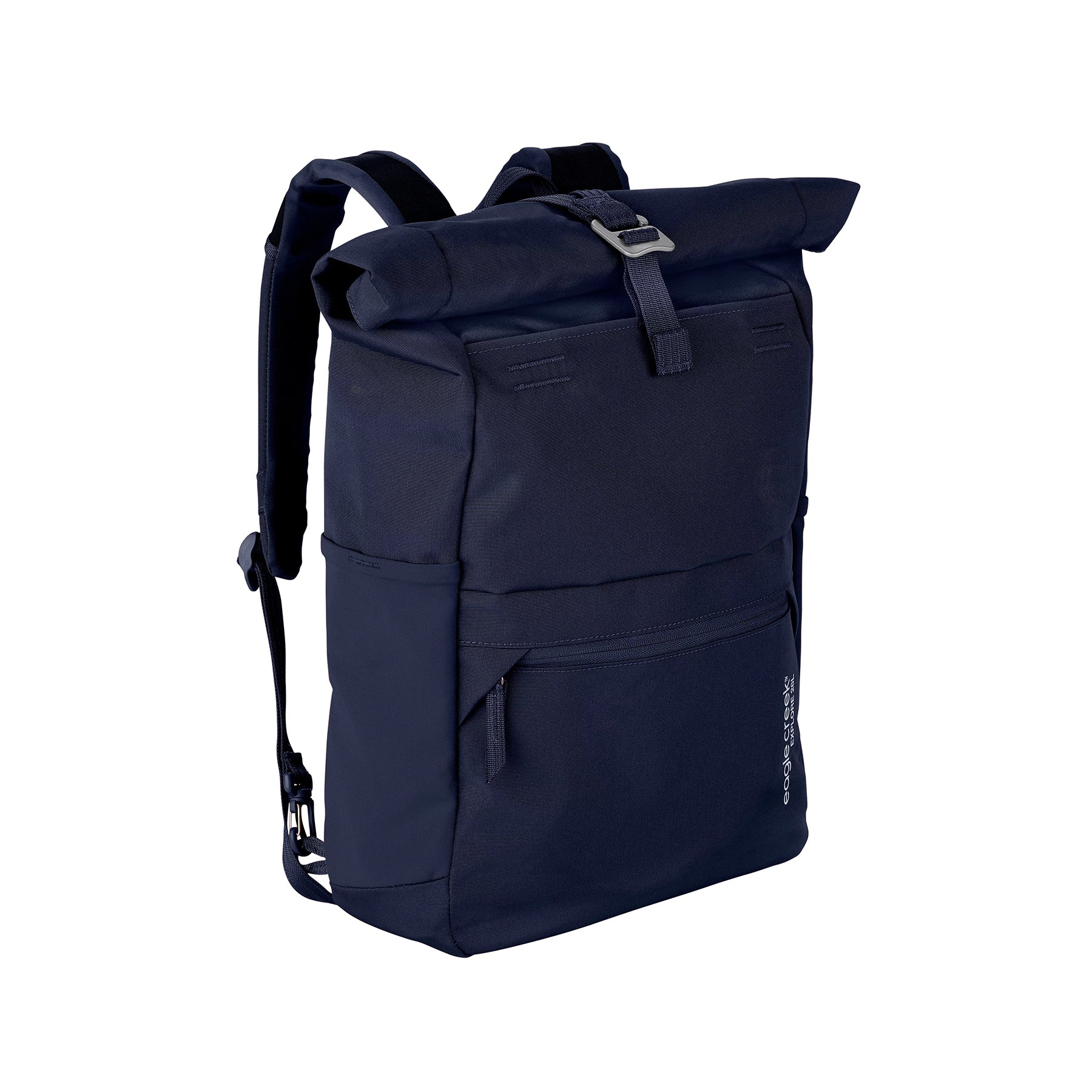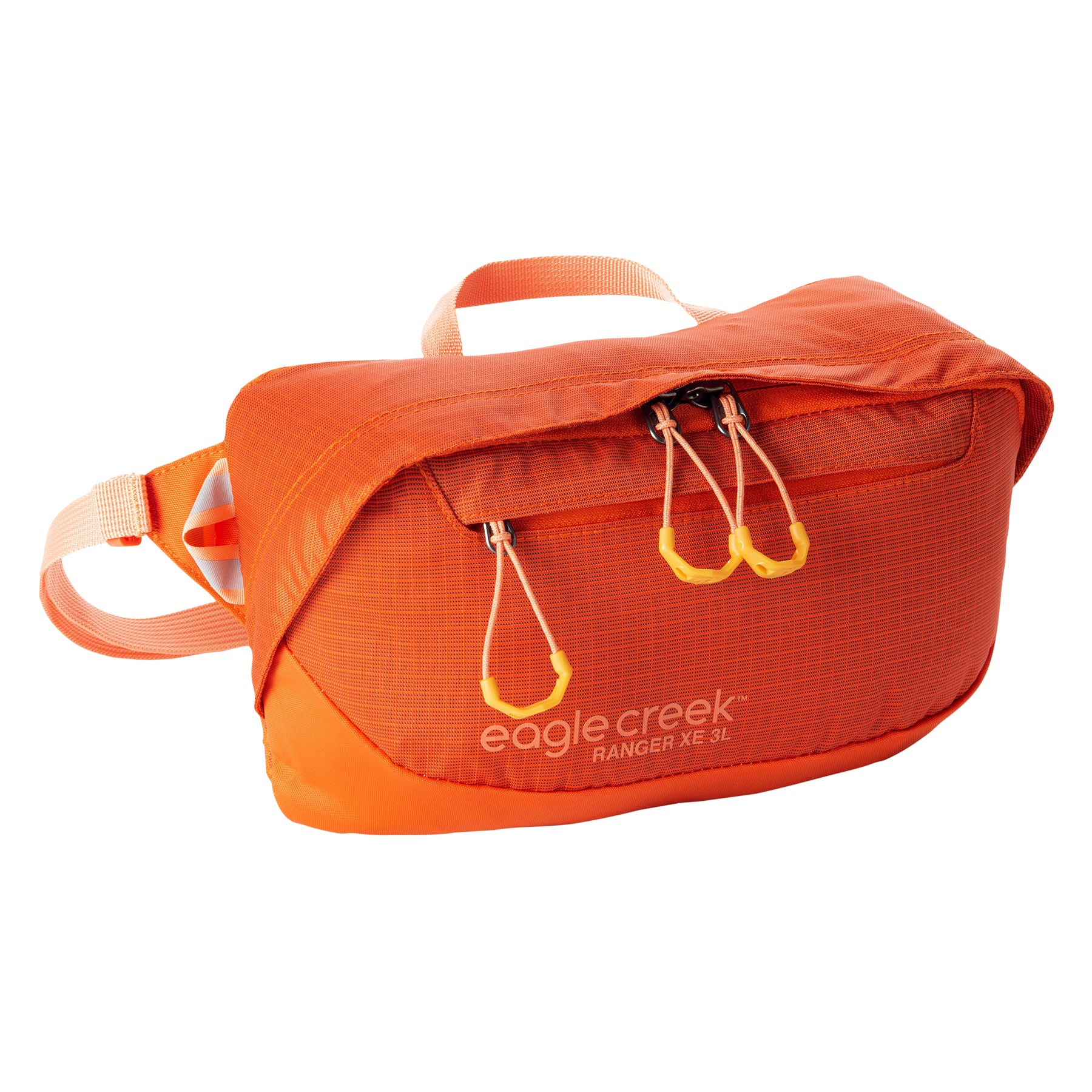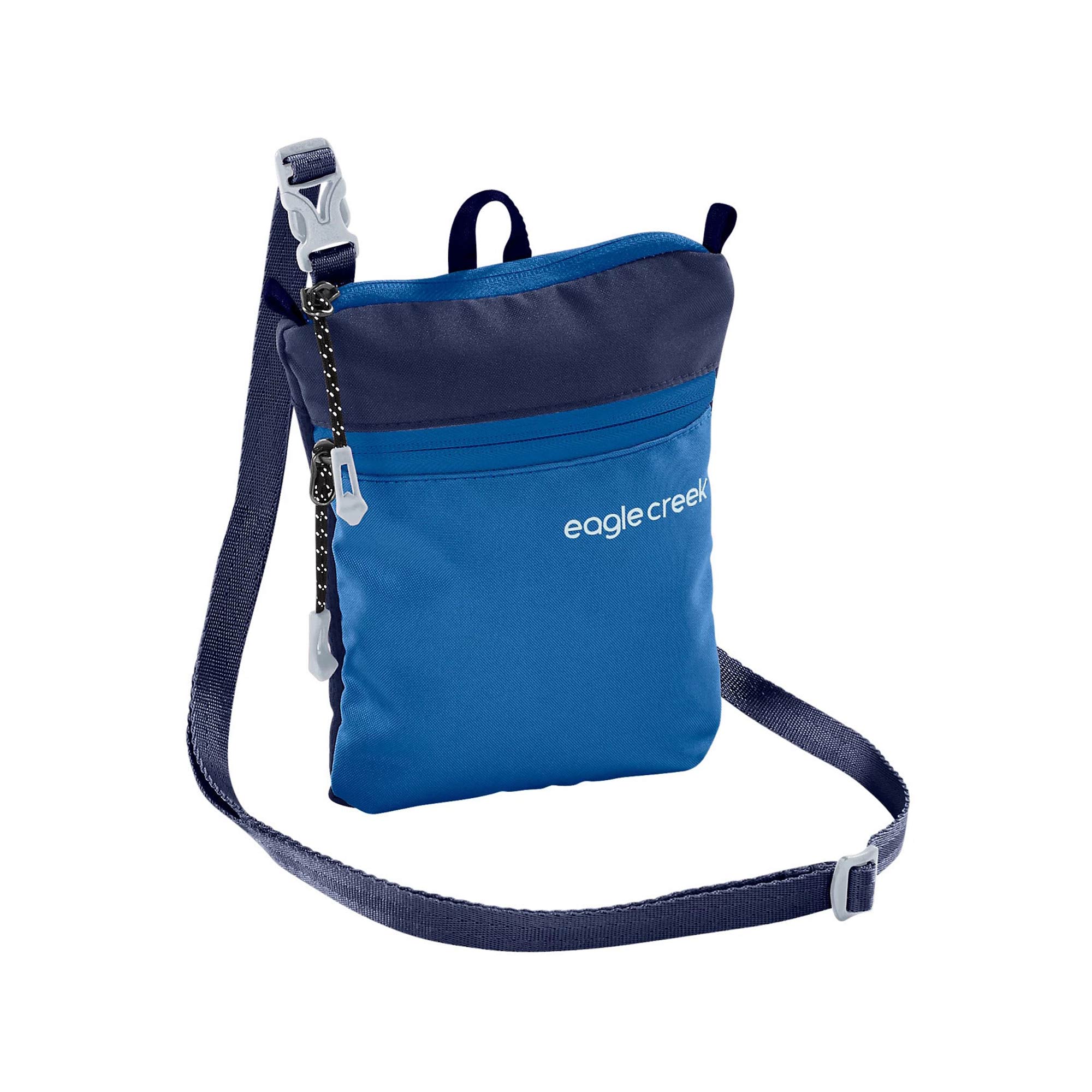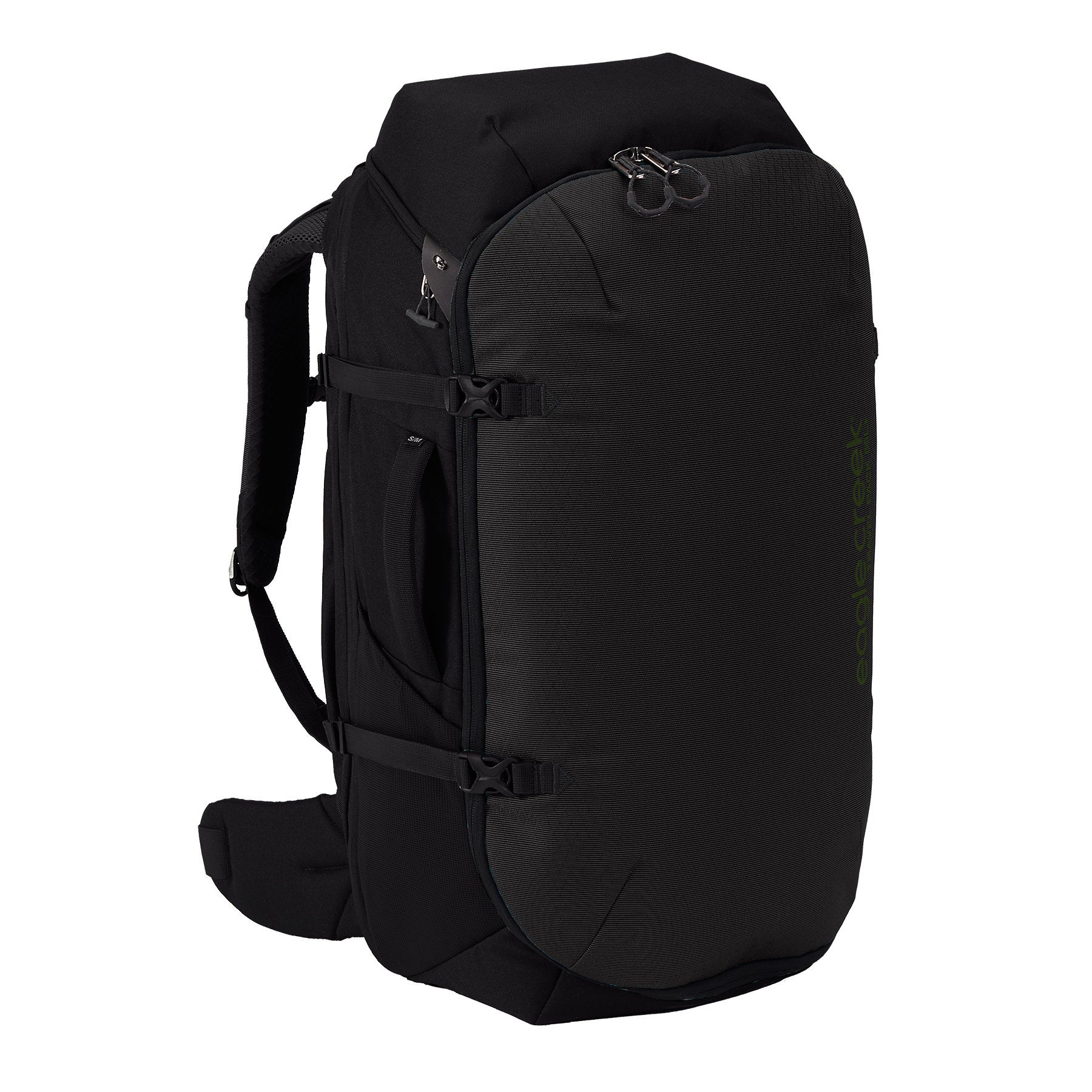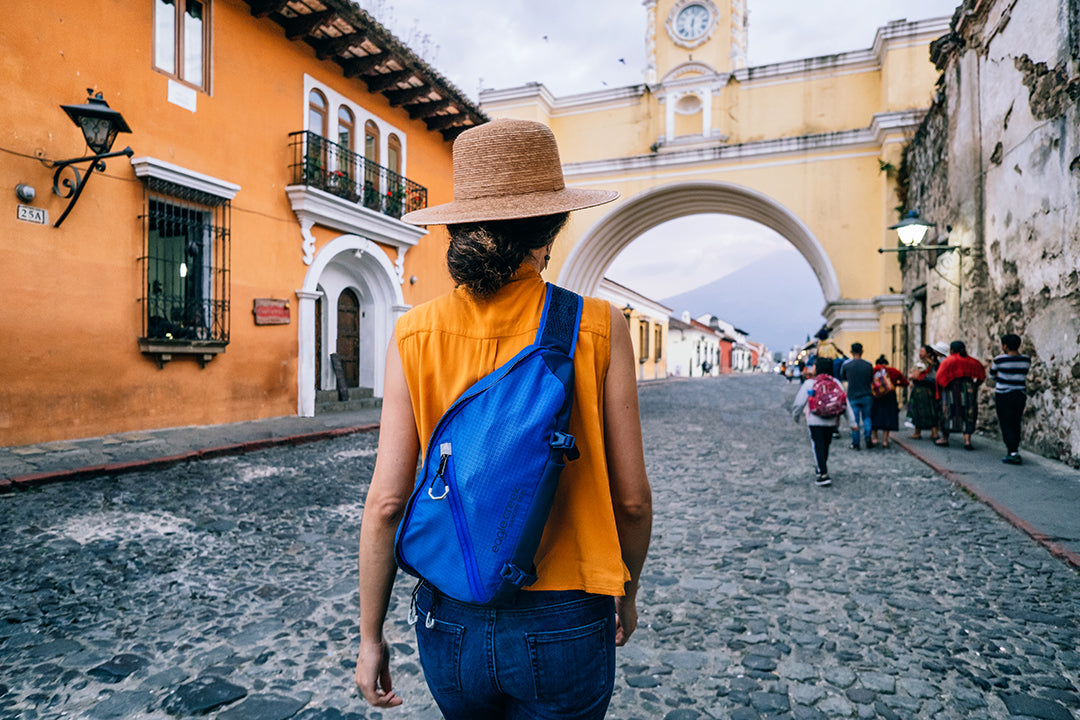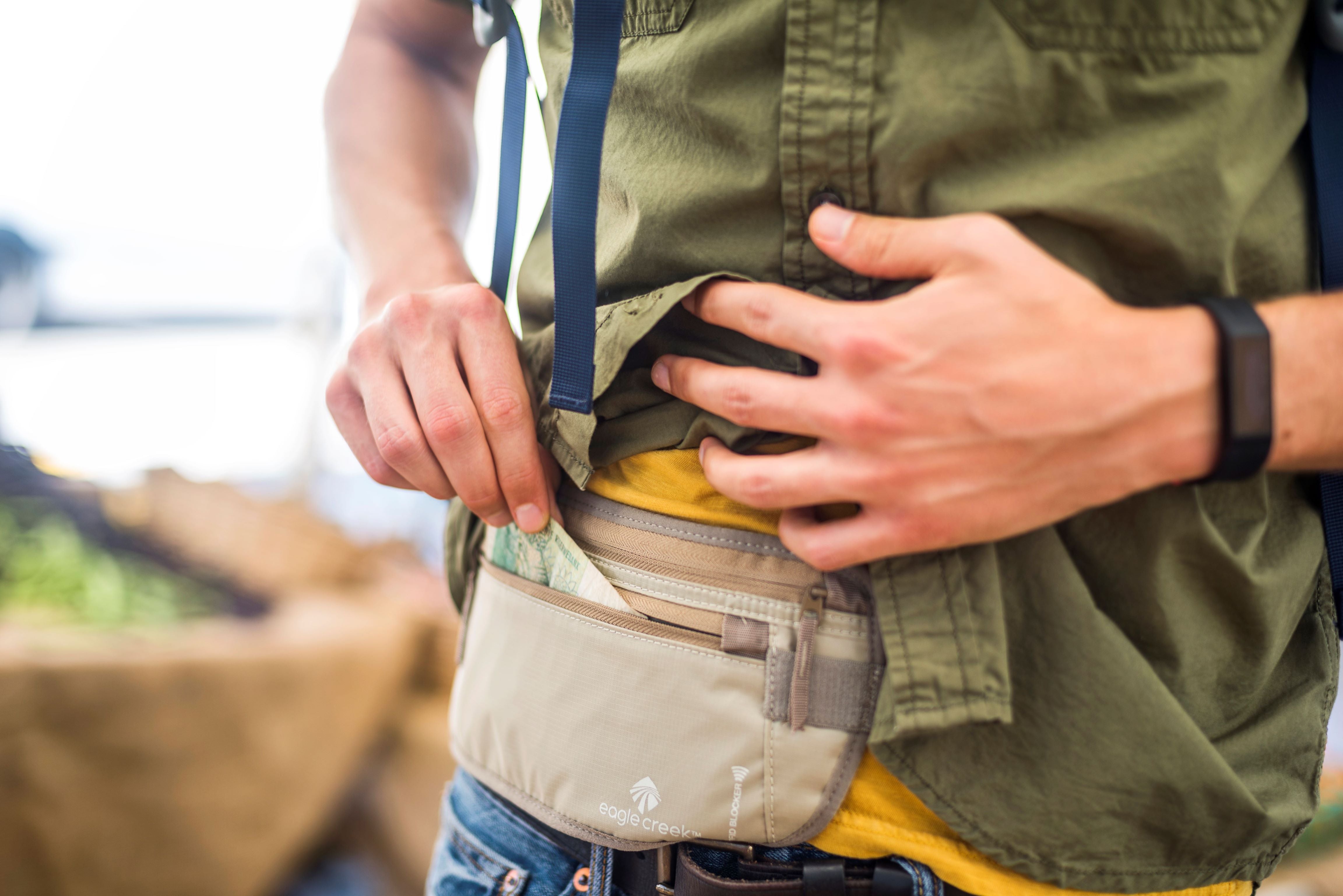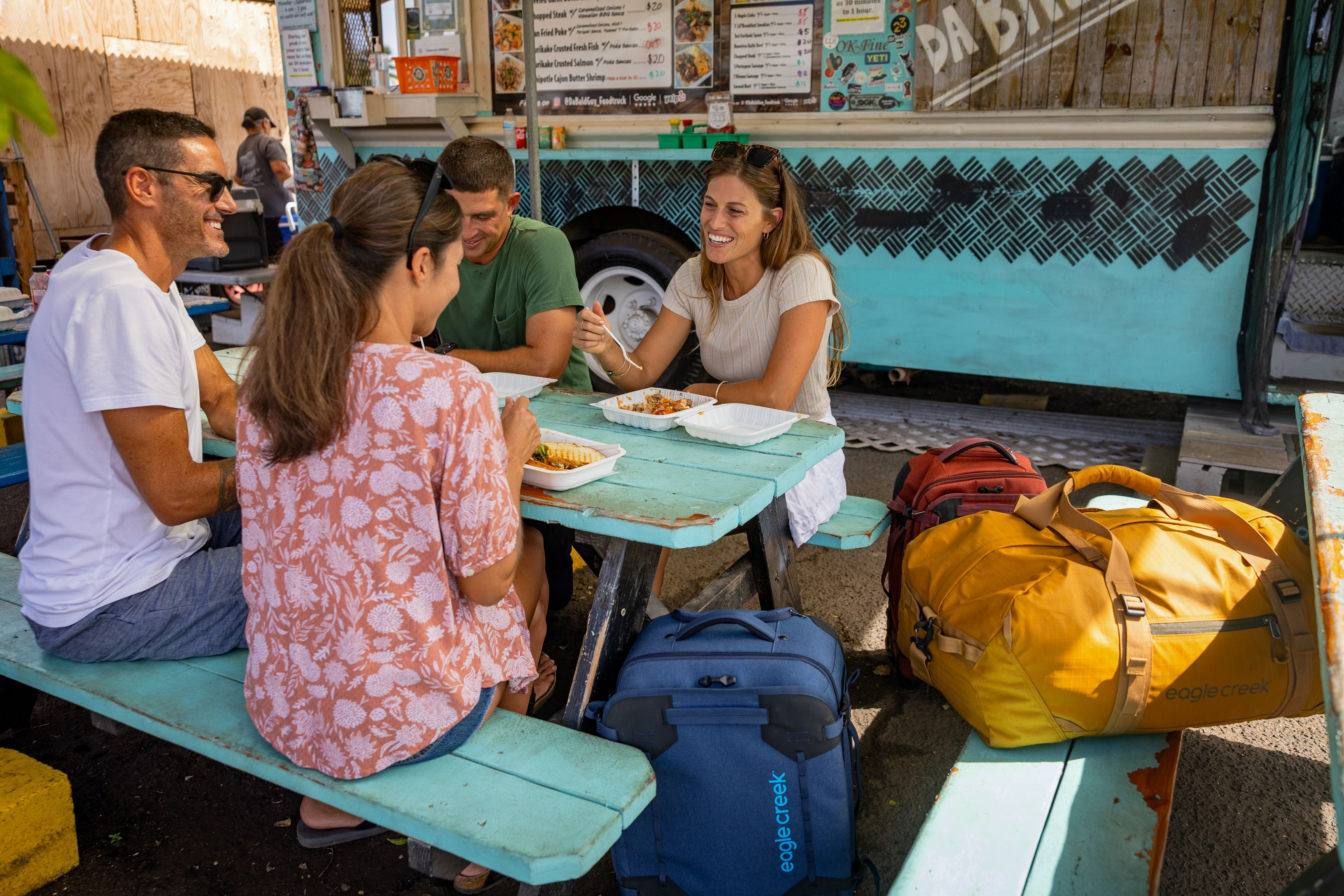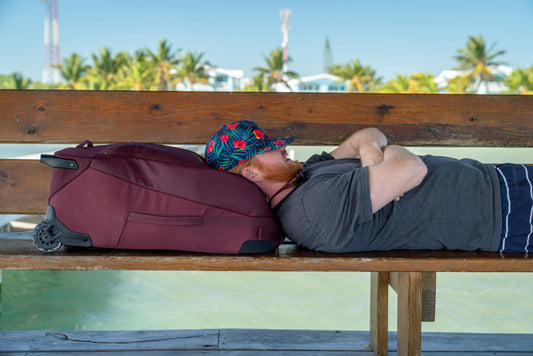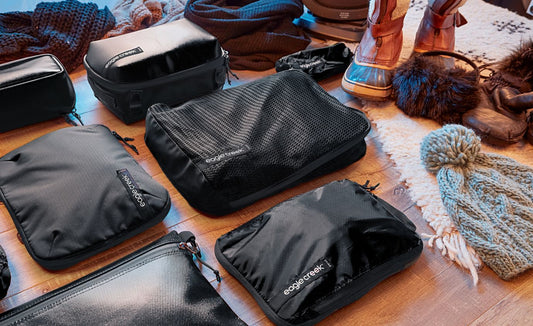Enduring a late-night or overnight flight, also known as a red-eye flight, can be difficult. But with a few tricks up your sleeve, you can make the journey more comfortable and enjoyable. These flights typically leave late at night and arrive early in the morning. Unfortunately, while that means these flights are often cheaper, they can also disrupt your sleep routine.&nibs;
No one wants to feel groggy or tired during vacation or when traveling for any reason. Luckily, there are ways to enhance comfort and arrive at your destination feeling refreshed.
But what is a red-eye flight, and how can you stay comfortable while on one? Keep reading to learn our tips for surviving a red-eye flight.
- What are red-eye flights?
- Pros and cons of catching a red eye flight
- Preparing for your red-eye flight: tips and tricks
- Popular red eye flight routes
- Red eye flight FAQs
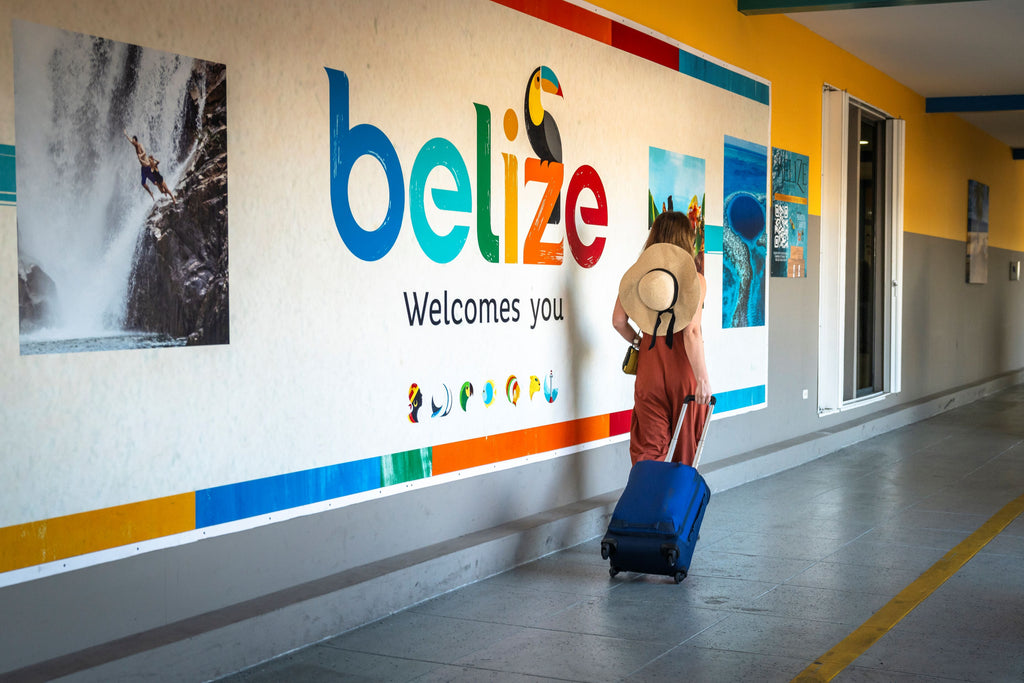
WHAT ARE RED-EYE FLIGHTS?
Red-eye planes are late-night or overnight trips that fly while most people sleep. What time is a red-eye flight? They often depart late at night and land early in the morning, typically between 9 p.m. and 5 a.m. These flights are called "red-eye" because they can leave you tired, with maybe even red eyes, due to the lack of sleep.
Taking a trip on a red-eye plane is often cheaper because fewer people want to travel during these hours. So, airlines schedule them to fill seats when demand is low, like late at night. While they can save money, red-eye flights can also mess with your sleep routine since they don't align with your body's natural rhythms.
PROS AND CONS OF CATCHING A RED-EYE FLIGHT
Are you considering a red-eye flight for your next trip? Consider the pros and cons to help you make the right decision.
PROS OF RED-EYE FLIGHTS
Here are a few reasons why a red-eye flight might be a good idea for your next vacation:
- Potentially lower fares: Red-eye flights are typically cheaper because they’re less popular, making them a budget-friendly option for travelers.
- Less crowded airports: With fewer flights departing late at night, airports tend to be quieter and lines shorter, allowing you to get through airport security faster.
- Greater chance of empty seats: Since red-eye flights aren’t as popular, there’s a higher likelihood of having empty seats next to you, allowing for more space to stretch out and relax.
- More time at your destination: By flying overnight, you can have more time at your destination. You'll arrive in the morning, ready to start your day without losing precious daylight hours to travel.
CONS OF RED-EYE FLIGHTS
Red-eye flights have their perks but also come with their fair share of challenges. Here are some reasons why you might want to think twice before hopping on one:
- More likely to experience jet lag: Flying at night can disrupt your body's internal clock, leading to jet lag and leaving you feeling groggy and out of sync.
- Limited services on planes: Since red-eye flights are overnight, airlines often offer fewer amenities and services than daytime flights, meaning you might have to go without certain comforts.
- It can be difficult to sleep on the plane: Despite your best efforts, catching quality shut-eye on a plane can be challenging, especially for those not used to sleeping in transit. This can leave you feeling tired and irritable when you arrive.
- Difficulty checking into accommodations: Arriving at your destination in the wee hours of the morning means you might have to wait several hours before checking into your hotel or accommodation, leaving you in limbo until then.

PREPARING FOR YOUR RED-EYE FLIGHT: TIPS AND TRICKS
Pack with a plan to make your flight more comfortable and your overall travel experience more enjoyable. Getting ready for your red-eye flight can make all the difference in how you feel during and after your journey. Here are some simple tips to help you prepare for a better experience.
TRY TO SLEEP ON THE PLANE
Getting some rest on the plane can make your red-eye flight much more bearable. To improve your chances of sleeping, consider wearing comfortable clothing and bringing along items like a travel pillow, ear plugs, and an eye mask to block out light and noise.
Creating a more relaxing environment can also help you drift off to sleep. Adjust your seat to a comfortable position and use a blanket for added coziness. Avoid distractions by turning off overhead lights and reducing screen brightness on electronic devices.
Additionally, listen to calming music or white noise through headphones to drown out any remaining background noise.
BRING COMFORT ITEMS
Use our ultimate travel packing list to ensure you bring the right items. Choose the right luggage to help you make your luggage lighter and easier to handle. Bring a cozy blanket and a refillable water bottle to stay hydrated and comfortable throughout the flight.
You should also wear comfortable clothing on your flight. Even if you can't get any sleep while in transit, wearing comfortable clothing can make the flight more enjoyable.
PRIORITIZE HYDRATION AND NUTRITION
Staying hydrated and nourished can help you feel more alert and energized during your red-eye flight. To stay healthy while traveling, pack snacks like nuts, fruits, and granola bars to munch on throughout the journey.
Avoid drinking too much caffeine or alcohol because they can make it more challenging to get the rest you need.
ADJUST TO LOCAL TIME UPON ARRIVAL
Once you arrive at your destination, try to adjust to the local time to help you avoid further jet lag. Exposure to natural light during the day and staying awake until the local bedtime can help you reset your internal clock.
It's also helpful to avoid taking long naps upon arrival. Instead, engage in light activities to help you stay awake. If you need to sleep a little earlier than usual, that's okay. You can gradually adjust to the local time zone to reduce the effects of jet lag and make the most of your time at your destination.
POPULAR RED-EYE FLIGHT ROUTES
Popular red-eye flights travel between major cities with significant business or tourist traffic. For example, routes between New York City and Los Angeles, San Francisco and New York City, or London and Dubai often offer red-eye options. You can also take a red-eye flight to Europe, allowing you to arrive in the morning and start your day fresh. These routes cater to travelers looking to save money, catch early morning meetings, or maximize their time at their destinations.
You can search for red-eye flights on airline websites or third-party booking platforms. Use filters to narrow your options to flights departing late at night or early in the morning. Consider departure and arrival times, layovers, and price.
Once you find a flight, you can follow the booking process as you would for any other flight. You can also fly standby and change an existing flight to a red-eye flight if you believe that's the best option.
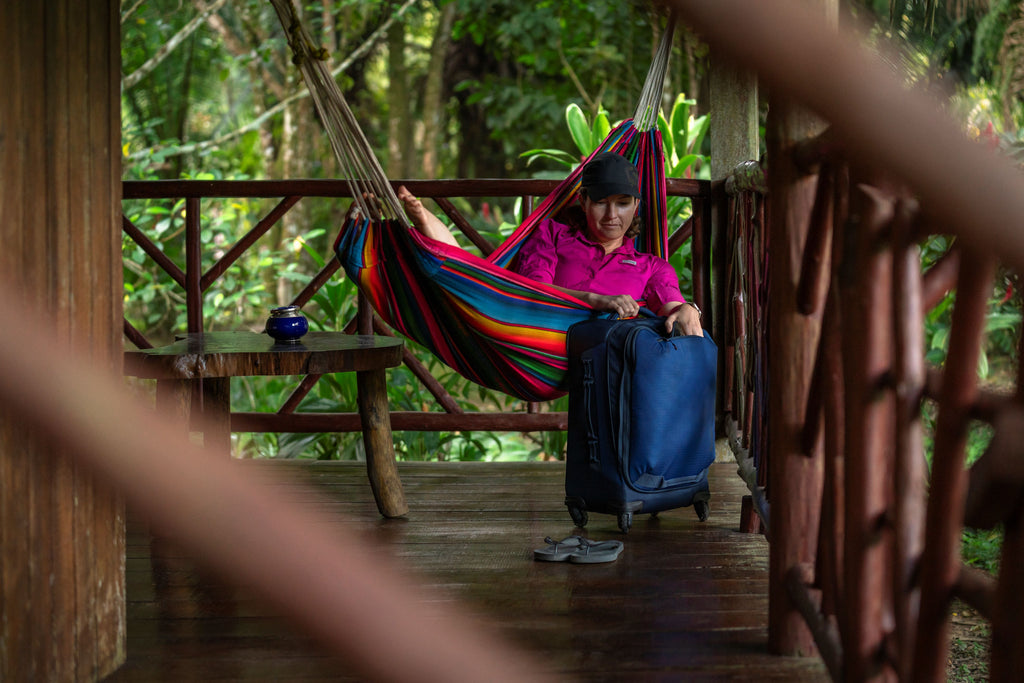
RED-EYE FLIGHT FAQs
IS A RED-EYE FLIGHT CHEAPER?
Red-eye flights can be cheaper than flights at more popular times of the day. Since fewer people prefer to travel during the late-night or early morning hours, airlines often offer discounted fares for red-eye flights. The less demand for a specific flight, the less you'll pay.
ARE RED-EYE FLIGHTS SAFE?
Red-eye flights are just as safe as flights leaving at any other time of the day. Airlines adhere to strict safety protocols and procedures regardless of the flight's departure time. Pilots and crew members are well-trained professionals who ensure the well-being of passengers throughout the flight.
HOW DO YOU SLEEP ON A RED-EYE FLIGHT?
Sleeping on a red-eye flight can be challenging, but it is possible. Here are a few tips:
- Choose the right seat: If possible, select a window seat. A window seat provides a more comfortable spot to lean against while sleeping. Additionally, seats near the front of the plane tend to experience less noise.
- Dress comfortably: Wear loose, comfortable clothing and shoes and bring layers to adjust to changing cabin temperatures. Avoid tight-fitting clothes or restrictive items that may hinder your ability to relax.
- Use comfort accessories: Bring along travel essentials like a neck pillow, eye mask, and or noise-canceling headphones to block out light and noise and create a more conducive environment for sleep.
- Limit screen time: Avoid exposure to electronic devices and bright screens before sleeping. The light from your phone or screens on the plane can affect your body's natural sleep cycle. Instead, try relaxing activities like reading a book or listening to calming music.
Whether you're sleeping on a plane or plan to stay awake, it's important to maintain proper airplane etiquette. While you may have more room to sprawl out on a less crowded flight, remember to consider other passengers' space and comfort.
Avoid reclining your seat abruptly or hogging shared armrests. Additionally, keep noise levels to a minimum, especially during late-night flights, to ensure everyone has a peaceful journey.
